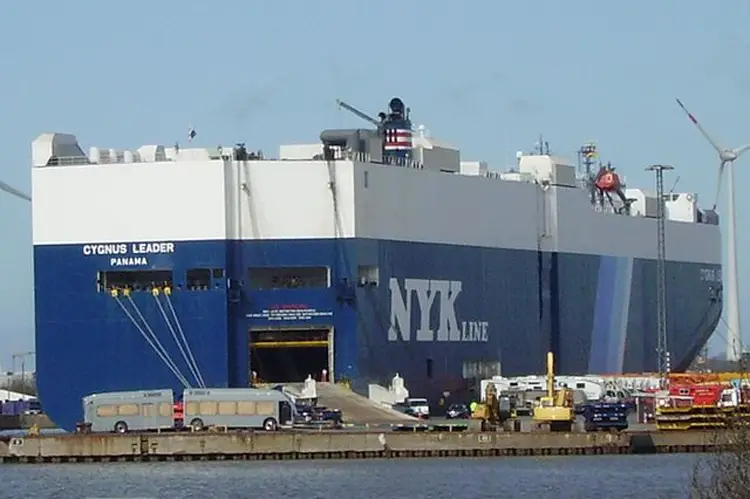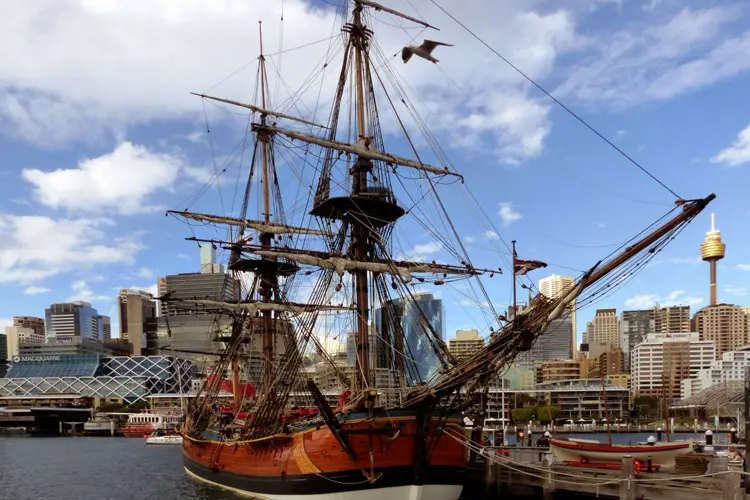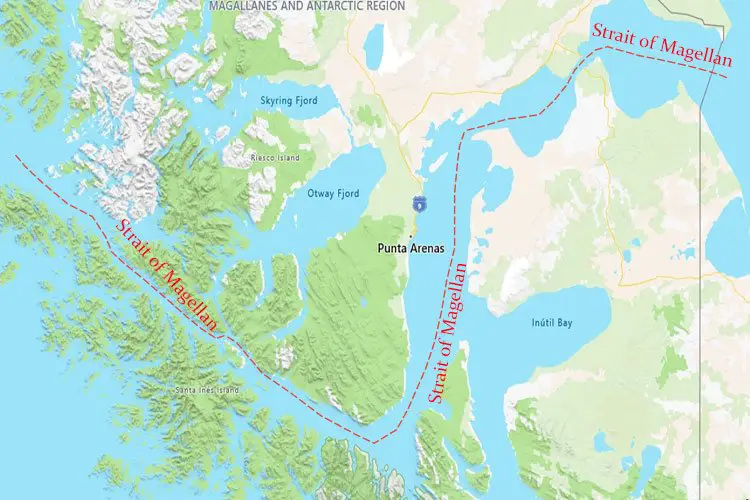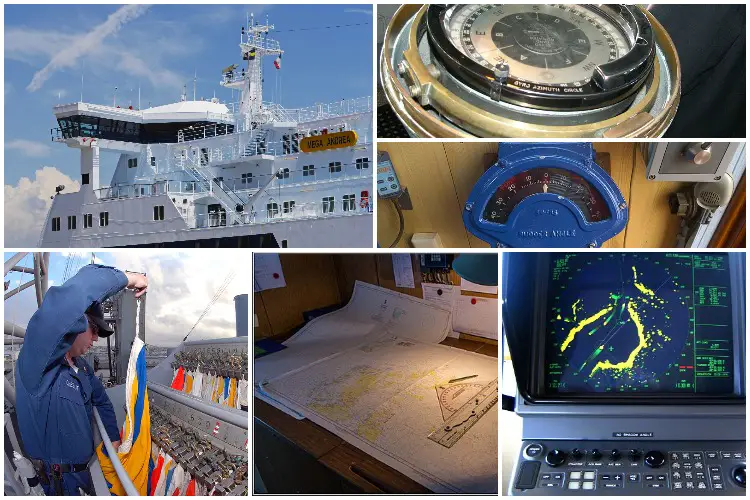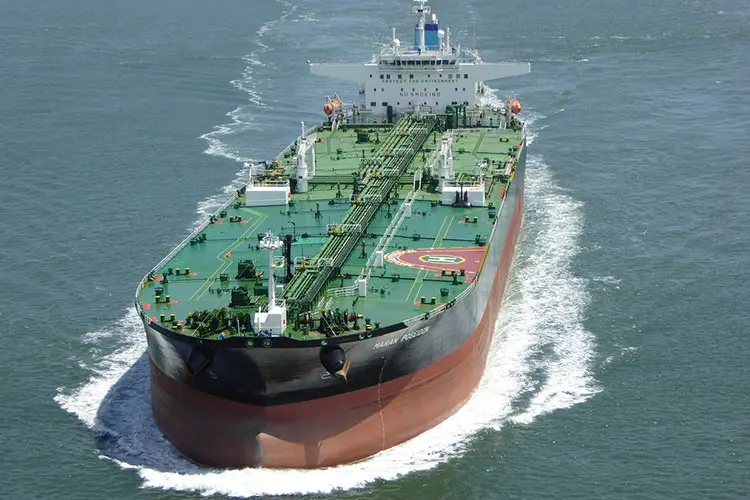8 Interesting Suez Canal Facts [UPDATED for Ever Given]
![8 Interesting Suez Canal Facts [UPDATED for Ever Given] 1 Suez Canal](https://www.maritimemanual.com/wp-content/uploads/2019/02/suez-canal.jpg)
Quick Suez Canal Facts
- Built: 1869
- Located in: Egypt
- Length: 193.3 Km or 120.11 mi
Panama Canal, Volga-Don Canal, the Corinth Canal, the Grand Canal, and the Suez Canal happen to be the most famous man-made canals in the world.
They are responsible for carrying out the majority of marine transportation in the most economically efficient way possible.
Suez Canal has a special place in History and has been at the center stage of global conflicts and intrigues. Here are some of the fun Suez Canal facts which we are sure will interest you.
8 Interesting Suez Canal Facts
Giant ship Ever Given Gets Stuck In Suez Canal
![8 Interesting Suez Canal Facts [UPDATED for Ever Given] 2 Suez Canal blocked by Ever Given](https://www.maritimemanual.com/wp-content/uploads/2019/03/Suez_Canal_blocked_by_Ever_Given_March_27_2021.jpg)
On March 23, 2021, Ever Given became lodged in the Suez Canal disrupting global maritime commerce.
This blockage affected more than 300 vessels
Ever Given is a Panama-flagged, Japanese-owned (Shoei Kisen Kaisha) container ship, which is operated by Taiwan-based Evergreen Marine, was originally destined for Rotterdam, Netherlands.
The Ever Given is among the largest container ships currently in operation. It is approximately twice as long as the canal is wide.
The giant vessel was built in 2018 and has the capacity for 20,000 20-foot shipping containers. It is worth approximately $170m.
It is 400 meters long and 59 meters wide.
Due to high winds of speeds up to 31miles per hour and poor visibility, it ran aground on March 23 prompting a major scare and an avalanche of memes across the world.
After almost a week, salvage teams were able to partially free and refloat the 1,300-foot Ever Given ship stuck in the Suez Canal.
Aided by a high tide, a flotilla of tugboats wrenched the ship’s massive bow from the canal’s bank, where it became lodged on March 23.
![8 Interesting Suez Canal Facts [UPDATED for Ever Given] 3 Suez Canal : Port Said [Suez Canal Facts]](https://www.maritimemanual.com/wp-content/uploads/2019/02/suez-canal-port-said.jpg)
Where is the Suez Canal located?
The Suez Canal is located in Egypt. It is an artificial waterway connecting the Mediterranean Sea to the Red Sea through the Isthmus of Suez. It saves 7000 Km of extra travel by enabling water vessels to take a shorter way through the Mediterranean and Red Seas.
Navigating between North Atlantic and northern Indian Oceans these vessels can altogether avoid the South Atlantic and South Indian Oceans, thereby saving a lot of time and money in the process.
Situated in the city of Suez, the canal extends from the northern terminus of Port Said to the southern terminus of Port Tewfik.
What are the dimensions of The Suez Canal?
If you include the northern and southern access channels, the length of the Suez Canal is 193.3 Km or 120.11 mi. On average, more than 47 vessels traverse this canal.
Who built the Suez Canal and when was it built?
Napoleon Bonaparte, after his Egyptian conquest in 1798 considered building the canal. So he sent some surveyors to gather information regarding the plausibility of his idea.
Unfortunately, they erroneously reported that the Red Sea being around 30 ft higher than the Mediterranean Sea would result in floods of disastrous proportions should Napoleon try to build the Suez Canal. Hence Napoleon abandoned the project of constructing the Suez Canal.
Luckily in 1847, a group of researchers confirmed those surveyors’ miscalculations, stating that there was no significant difference in the altitudes of the Red Sea and the Mediterranean Sea.
Finally, in 1859 a Frenchman Ferdinand de Lesseps formed the Suez Canal Company after much discussion, thereby materializing an almost century-long vision.
How was the Suez Canal Built?
Though in the later stages the Suez Canal Company used steam-powered machines explicitly designed for the purpose the early years of its development involved manual labor.
The Egyptian government forced poor peasants to work in exchange for meager pay and often threatened them with violence. So despite having cheap labor, the process of construction was prolonged.
After the ban on forced labor in 1863 by the Egyptian ruler Ismail Pasha, the company was forced to switch to alternatives to compensate for the shortage of laborers. The usage of the steam-powered equipment boosted the workflow by a tremendous amount.
The History of the Statue of Liberty
Now, this is a fun fact. Towards the completion of the Suez Canal in 1869, the French sculptor Frédéric-Auguste Bartholdi tried to convince Ferdinand de Lesseps to let him build a sculpture called the “Egypt Bringing Light to Asia” at its Mediterranean entrance.
He was inspired by the work of Chares of Lindos, a sculptor in 280 BC, the Colossus of Rhodes. It was a statue of the Greek sun-god Helios erected in the city of Rhodes.
The statue was 108 feet high and was the tallest statue of the ancient world. Bartholdi wanted to create something of similar proportions. He imagined a 90 ft tall statue of a woman wearing the type of clothes worn by Egyptian peasants. She would hold a massive torch which would also be used as a lighthouse to guide ships into this canal.
Lesseps never agreed, and hence the project was never realized. But Bartholdi did not give up hope. He kept pitching this idea at several places until finally in 1886 he unveiled the complete version in New York Harbour.
Though better known to the world as the Statue of Liberty, its official name is “Liberty Enlightening the World.”
War and Politics Involving the Suez Canal
![8 Interesting Suez Canal Facts [UPDATED for Ever Given] 4 Franz Xaver Winterhalter Napoleon III](https://www.maritimemanual.com/wp-content/uploads/2019/02/franz_Xaver_Winterhalter_Napoleon_III.jpg)
Britain and France ruled Egypt at that time. Lesseps was a French diplomat. His proposal for the Suez Canal had the support of the French Emperor Napoleon III. It led the British to believe that this was a political scheme that intended to undermine British dominance in global shipping.
They were up in arms against Lesseps who in turn exchanged verbal attacks with the British Prime Minister Lord Palmerston.
Robert Stephenson spoke against this project in the parliament causing Lesseps to challenge the former to a duel. Even after all this, the British Empire continued criticizing the plan but ironically ended up buying a 44% stake in the waterway when the Egyptian government auctioned its portion of shares.
In 1888, it was decided in the Convention of Constantinople that the Suez Canal would operate as a neutral zone. Meanwhile, it was to remain under the protection of the British who successfully defended it against the Ottoman Empire during World War I in 1915.
During World War II, the Axis powers of Italy and Germany tried to capture the Suez Canal. It called for the Anglo-Egyptian Treaty of 1936 which reaffirmed British control over the Suez Canal.
Though it was decided earlier that the waterway would remain neutral, Axis ships, for most of the war, were banned from accessing it. When World War II ended the Egyptians withdrew from the treaty in 1951.
Also read: Interesting facts about the Strait of Gibraltar
Suez Crisis
One of the legendary Suez canal facts involves the charismatic Egyptian leader – Nasser. It was in the year 1956 that the British finally withdrew their troops from the Suez Canal and handed its control over to President Gamal Abder Nasser of Egypt.
Nasser handed over the ownership to the Suez Canal Authority. It earned him the anger of the British and the United States who initially withdrew the financial support that they had promised for the improvement of the canal.
![8 Interesting Suez Canal Facts [UPDATED for Ever Given] 5 Gamal Abdel Nasser](https://www.maritimemanual.com/wp-content/uploads/2019/02/Gamal-Abdel-Nasser.jpg)
Nasser’s government decided to close the Straits of Tiran, which linked Israel with the Red Sea. It angered the European powers, and after that Briain, France and Israel retaliated by threatening to invade Egypt. It is known in history as the Suez Crisis.
The Canadian Secretary of State for External Affairs, Lester B. Pearson became anxious that the situation would worsen and thereby proposed to the United Nations the formation of a peacekeeping force for the protection of the canal ensuring that it remained accessible to all.
On 4th November 1956, the U.N. consented to this proposal. But if you believe that this was the last time that the Suez Canal got entangled in an international conflict, you would be thoroughly mistaken.
During the Six-Day War of 1967, Nasser ordered the peacekeeping forces out of the Sinai Peninsula. Israel took this opportunity to invade the east bank of the Suez Canal successfully.
Nasser reacted by blocking all maritime traffic with mines and scuttled ships, resulting in 15 international vessels getting trapped.
These cargo ships remained stuck for eight years! They were nicknamed the ‘yellow fleet’ because of the sand that accumulated on the ships’ decks.
Though most of the crew members were rotated on 3-month assignments, the rest had to satisfy themselves by building a floating community. It did become a full-fledged community with its internal trade, social events, and sports!
These ships were finally allowed to leave in 1975. But by then except for two, the vessels could hardly sail.
Suez Canal in Modern Times
Since then the Suez Canal has undergone much development. Egypt successfully expanded the Suez Canal in 2015.
In addition to the 35 Km long shipping lane beside the main waterway, the project also included increasing the depth of certain parts in the canal.
The construction of the Ballah Bypass was started in August 2014. This was done to speed up the canal’s transit time.
The ‘New Suez Canal’, as the expansion was called, was done with the intention of doubling the capacity of the Suez Canal from 49 to 97 ships a day. The total cost of the project stood somewhere around $8.4 billion.
The Suez Canal Authority officially opened the new site on 24th February 2016. It helps in the berthing and unberthing of vessels from the East Terminus. With this new expansion, the canal could now handle two-way traffic and the passage of larger ships.
The 400-meter long OOCL Hong Kong passed through the Suez Canal in December 2017. The world’s largest container ship was carrying 21,400 containers. The Egyptian authorities believe that this project will double the canal’s revenue by the year 2023.
Around 8% of global sea-borne trade takes place through the Suez Canal. It has tremendously boosted the Egyptian economy. Reports from Reuters state that the Suez Canal generated revenue of $5.3 billion in 2017.
The Suez Canal Economic Zone refers to the set of locations in the vicinity of the canal, where there is no custom rate. It has been done to attract investment in those areas.
This zone covers an area of 600 square kilometers. The projects in this zone are collectively referred to as the Suez Canal Area Developmental Project (SCADP).
You may also be interested: The Unsolved Mystery Of Devil’s Sea
Canals serve as an essential factor in the growth and development of civilization. In the past canals provided the most efficient way of transporting industrial goods and were indispensable in the advancement of industrialization.
There are still many canals that are in use today, but with the technological progress in the field of transportation, the number has reduced to a fraction of what it was back in those days.
The movement of bulk raw materials like coal and ore that fuelled industrial developments required a cost-effective mode of transportation and the canals were highly suited for this job.
Much of the mechanization and development in several disciplines of research and technology owes a great deal to this form of transport.
The few canals that survived serve the large transportation industries to move bulk cargo.
The replacement of the canals as a transportation medium was a gradual process that started in the United States in the mid-1850s where the cheaper and much easily maintainable railways gained popularity. That in no way undermines the importance of a man-made canal.
Throughout the world, it helps in lowering the cost of transportation by shortening the shipping routes and happens to be one of the most reliable medium of international trade.
90% of the world trade is carried out by the 50,000 merchant ships that are providing their services all over the world. It has made the lives of millions of people better.
In the present day, the aviation industry has enabled us to transport things within a short period. But water routes remain to be the most cost-effective mode of carrying goods in vast quantities. This is why man-made canals are so essential.

